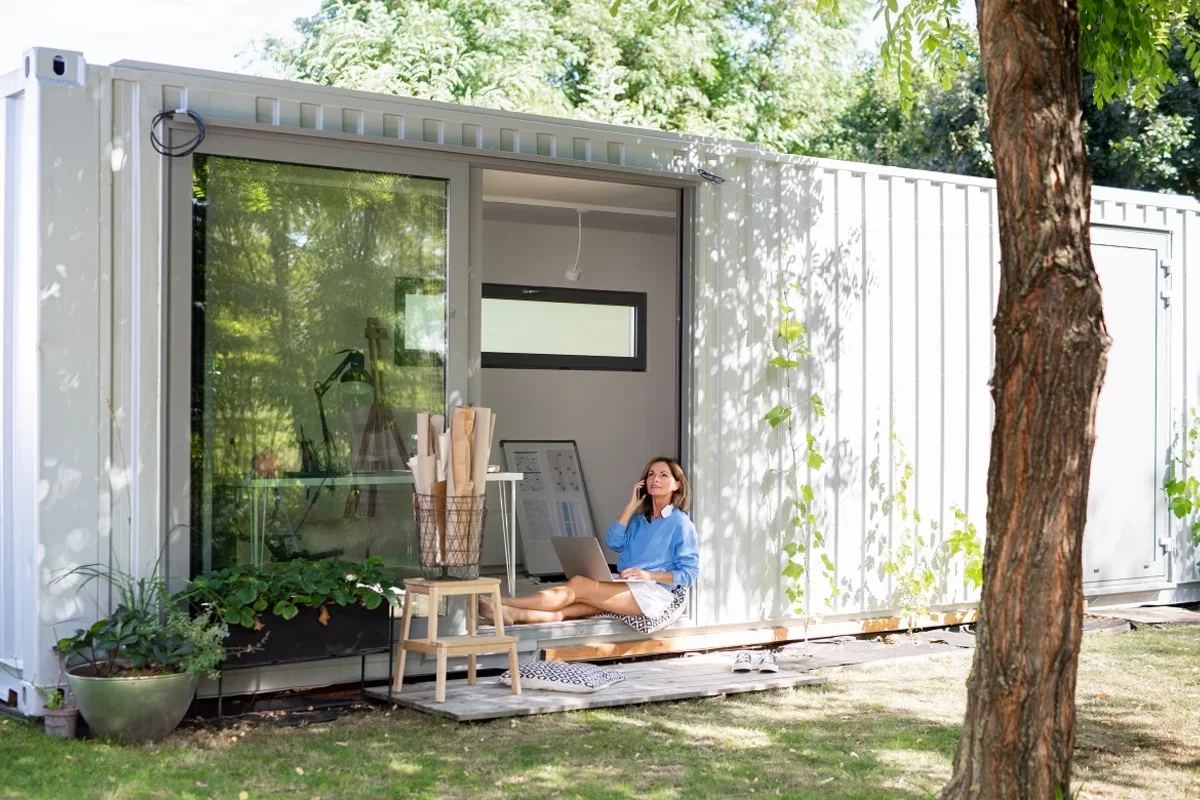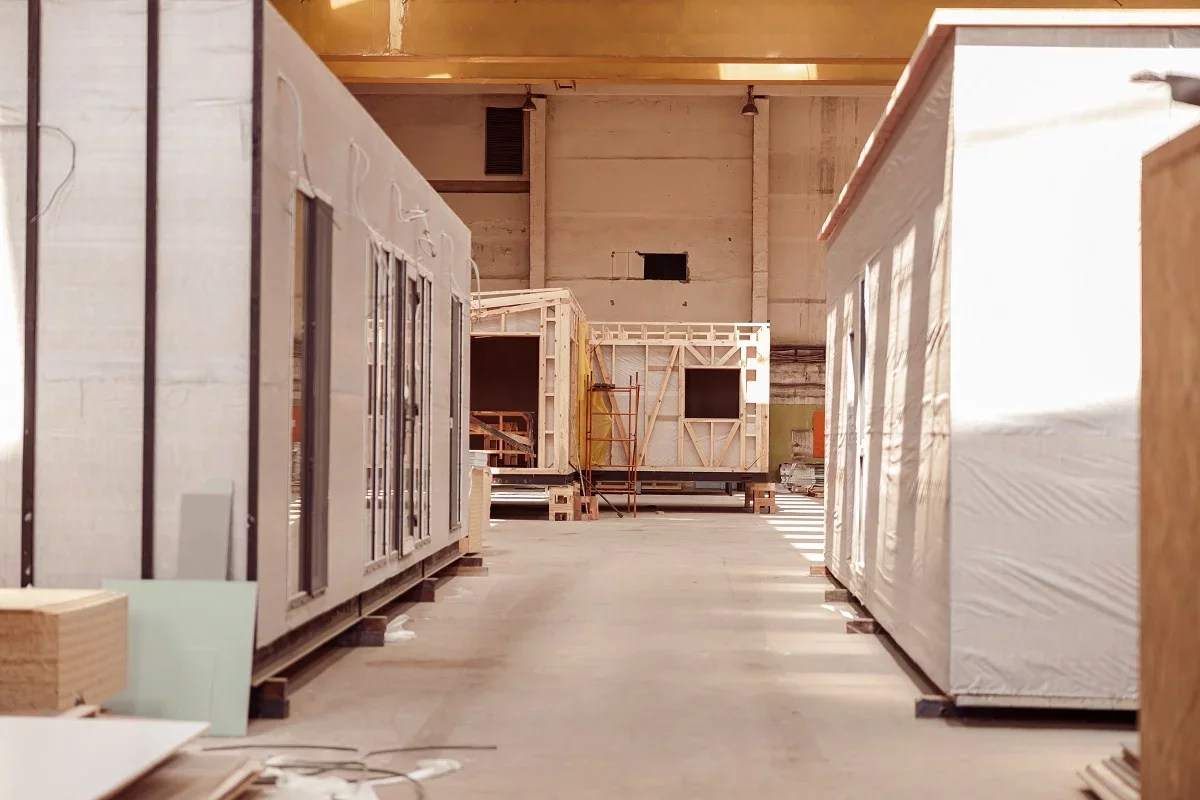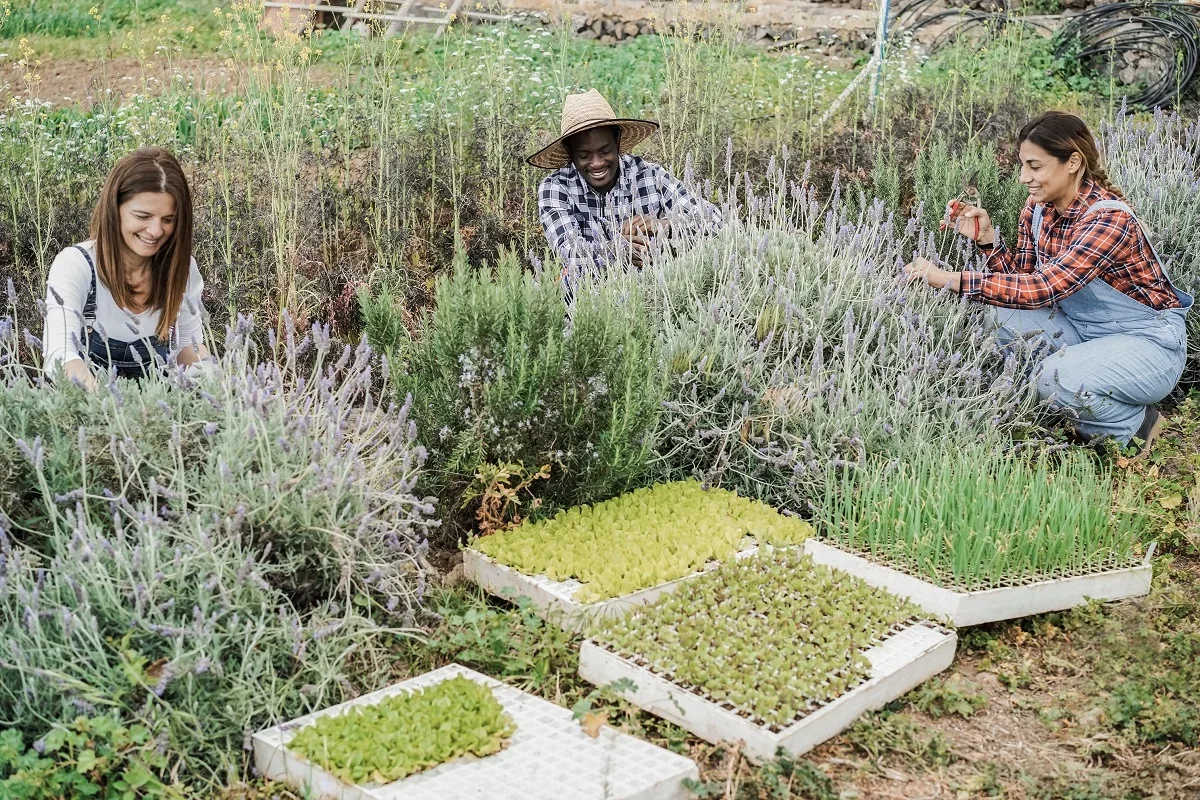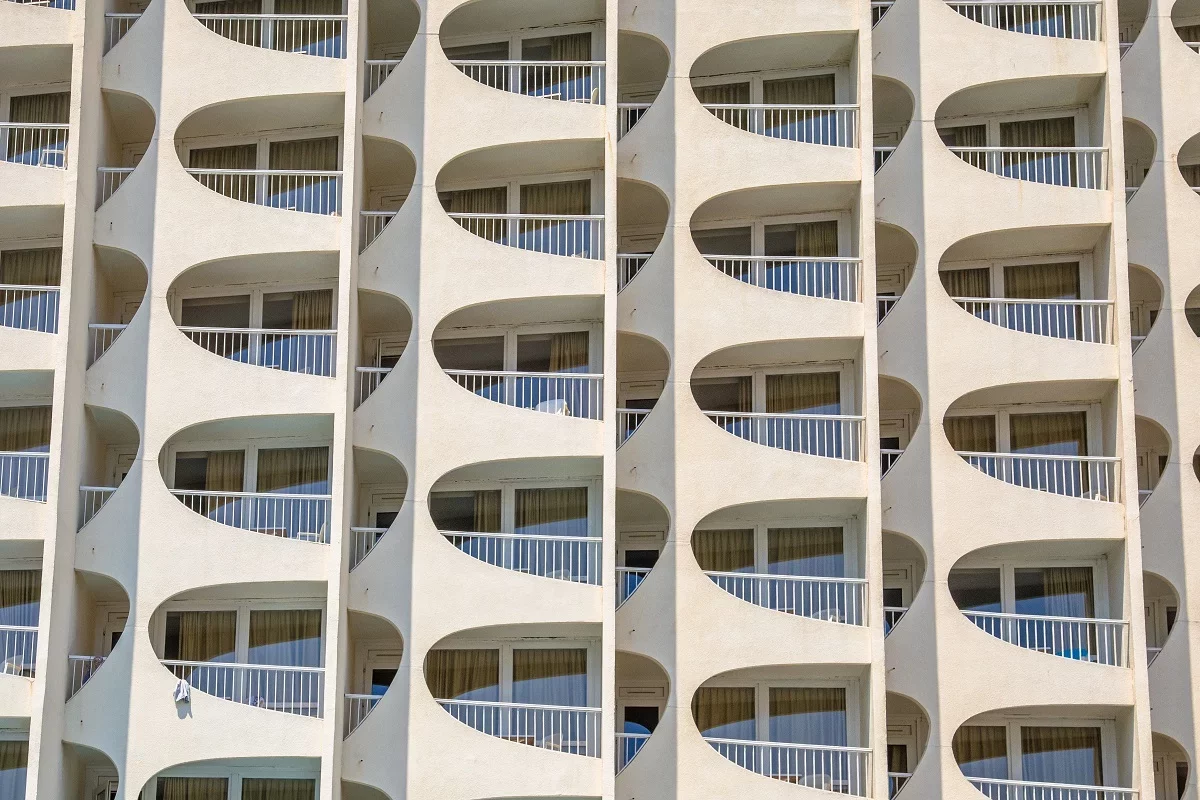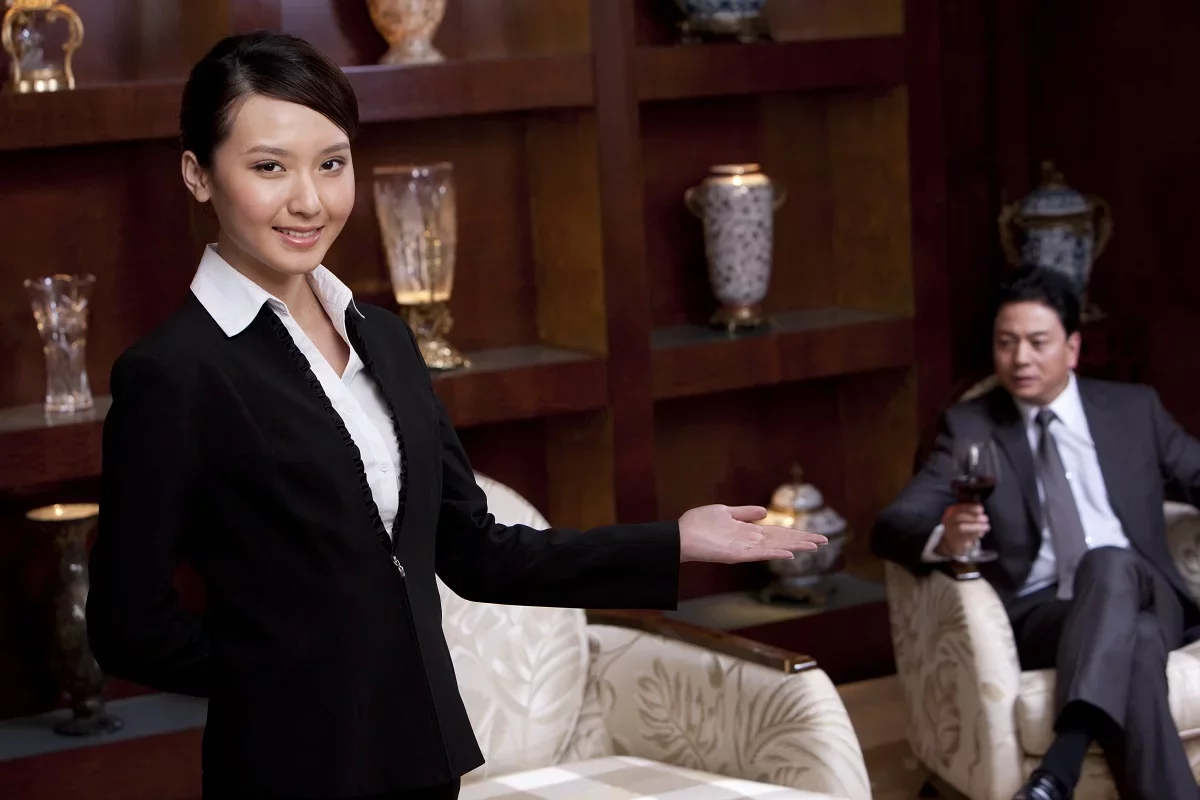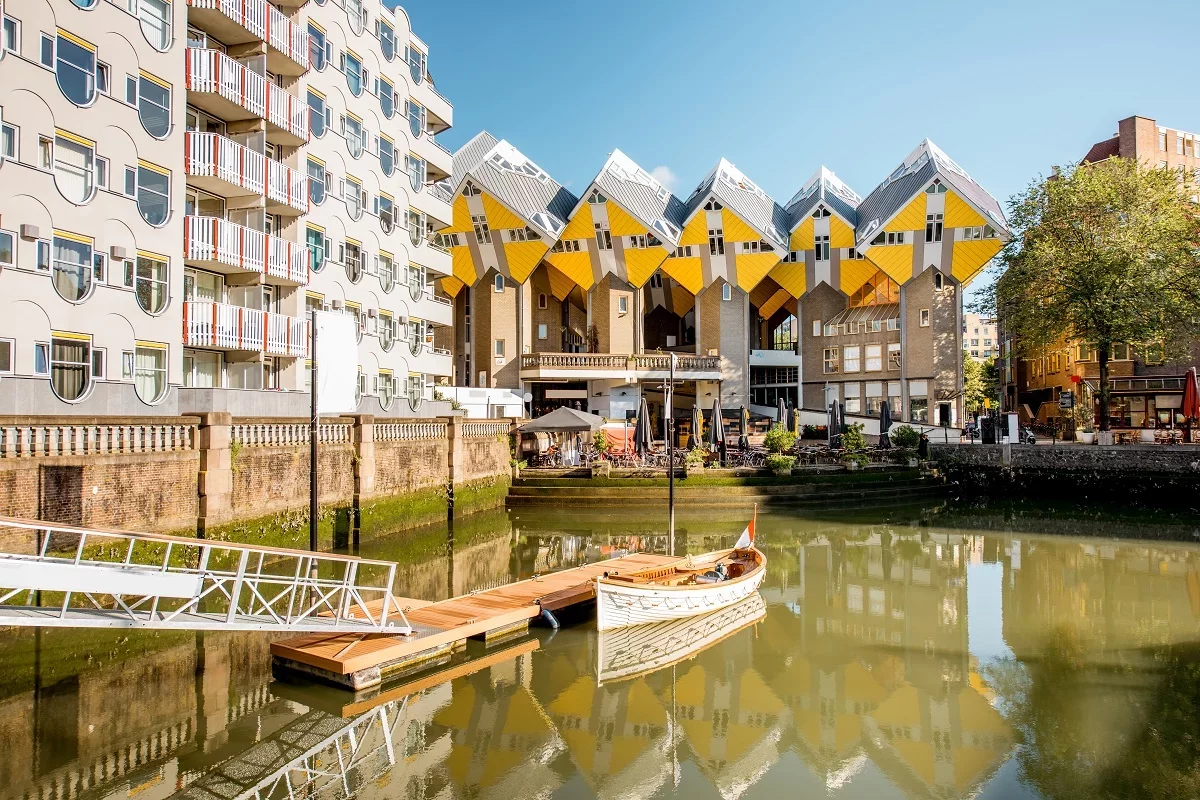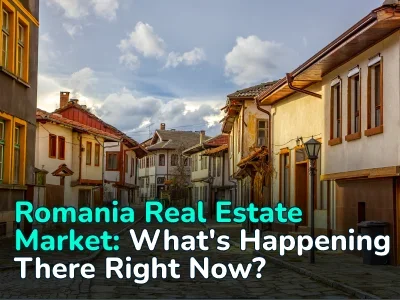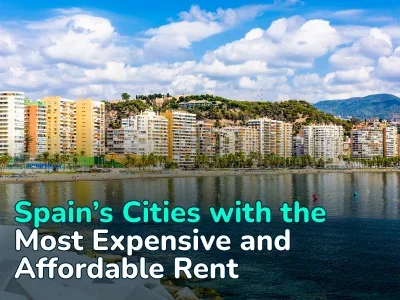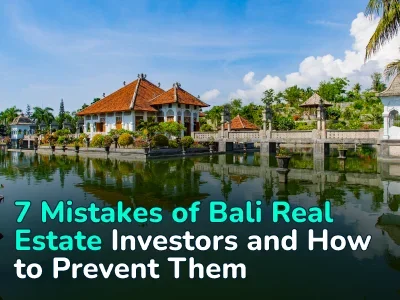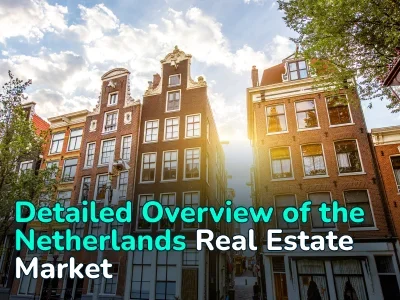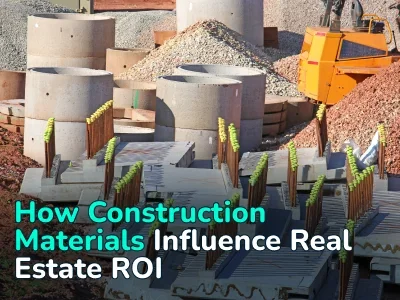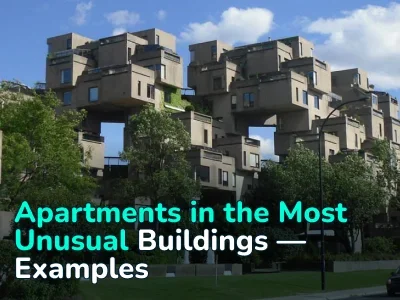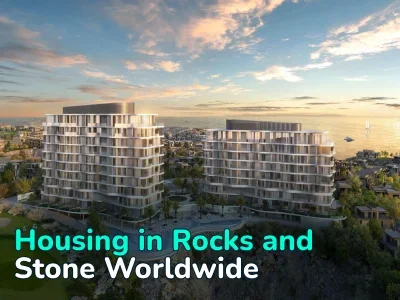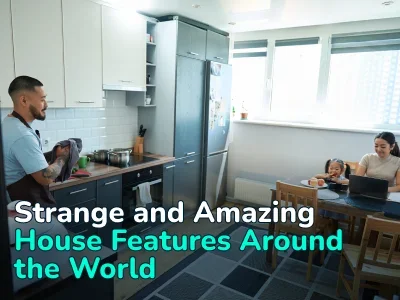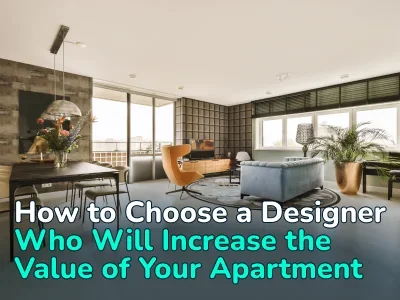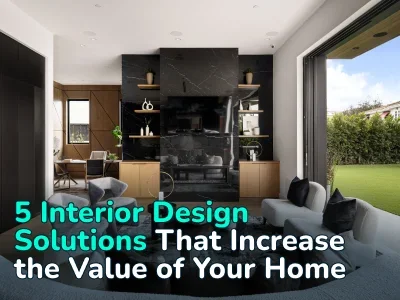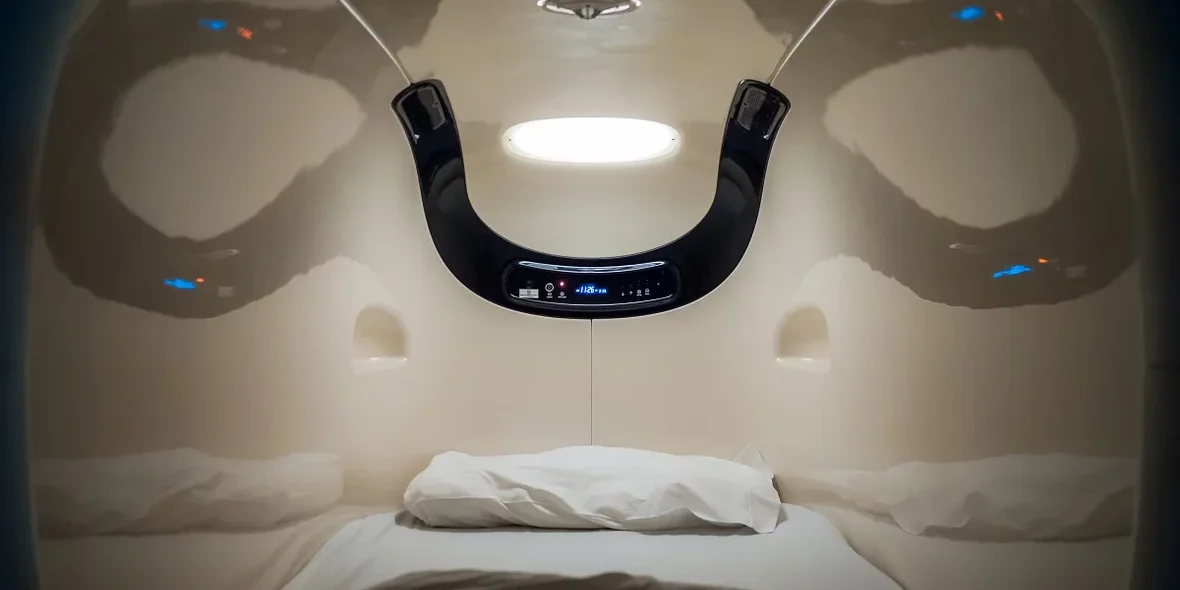
Capsule apartments — our new reality? Architect on new housing formats and spaces of the future
Our modern life is incredibly flexible: every aspect of it can be adjusted and modified under the influence of absolutely different factors (from pandemic to trends of metaverse). And the housing market is a huge confirmation of this. In this article, we tell you how living spaces and their formats are changing.
«New types of housing are emerging as a response to the changing world situation and people’s needs»
Novelties in residential real estate appear all the time, and, most interestingly, they are different. They are different because some people, for example, may have a request for increased functionality, others for digitization of all aspects of their lives, and others for closeness to nature and absolute privacy. That is why there are all kinds of different types of housing and trends on this market.
 Vasilisa Pavlova, an architect of spaces and the founder of Design Bureau of Vasilisa Pavlova, told us about the most popular housing formats in different parts of the world, about novelties and the most unusual trends in this area, and also shared her vision of what the living space of the future could be like.
Vasilisa Pavlova, an architect of spaces and the founder of Design Bureau of Vasilisa Pavlova, told us about the most popular housing formats in different parts of the world, about novelties and the most unusual trends in this area, and also shared her vision of what the living space of the future could be like.
— Let’s start with what residential space formats are generally the most common and popular in the world?
— Come on. This is what the list will look like:
1. Private home.
2. Duplex or townhouse/block house (a chain of small houses with two walls in common).
3. Apartment in a multi-storey building.
4. Elite houses with the philosophy of the club house: concierge, who solves all the problems of residents, book theater tickets and restaurant reservations, like in the movie «How to Steal a Skyscraper»; small number of apartments in the house, residents of the house know each other, related infrastructure (marina/golf club/fitness club/restaurant).
5. Penthouse (apartment on the top floor, most often with a terrace and panoramic windows).
6. Apartment in a low-rise building with separate entrance from the street.
7. Euro-format apartment (combined kitchen-living room+bedrooms).
8. Studio.
— Each country/destination probably has its own favorite housing formats. Can we give examples of these familiar formats in different regions and explain what this popularity is due to?
— Of course, each direction has its own specifics:
Russia. According to studies, the most popular type of housing is an apartment. This is due to the presence of infrastructure, transport accessibility, cost. But more than 60% of Russians would like to live in a private home (All-Russian poll VTsIOM).
England. Semi-detached houses and terraced houses (row houses). This is the historical heritage of the country. Since the 20th century, the working class lived in such houses, so mass building of these types of houses was carried out.
USA. Private home — about 70% of the population lives in detached houses. Block houses and townhouses are also very common.
Europe. It all depends on the city and the area. Apartments in low-rise buildings are popular, as well as townhouses.
Asia. The predominance of high-rises and skyscrapers, which is primarily due to the lack of land resources. But while usually this simply means the division of the entire building into apartments and small courtyard-wells, in Asia this is approached differently. There, every two or three floors are united by a system of elevators and provided with common spaces: a lobby, an open terrace designed for relaxation, socializing, walking (including with children); rooms for receiving guests, which can be booked for a certain time. All this contributes to greater communication between neighbors and, as a consequence, improved discipline of residents and the overall manageability of the complex. The areas that have been spared due to high-rise development are used for parks and public spaces.
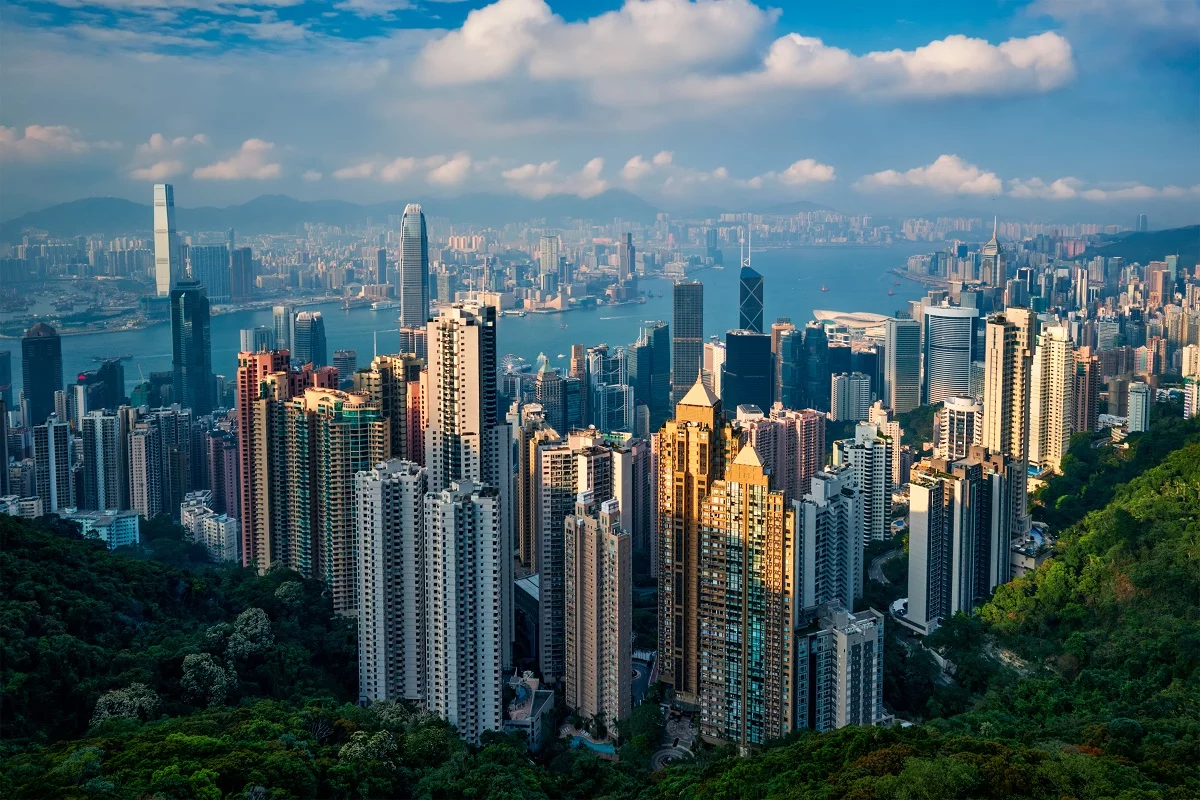
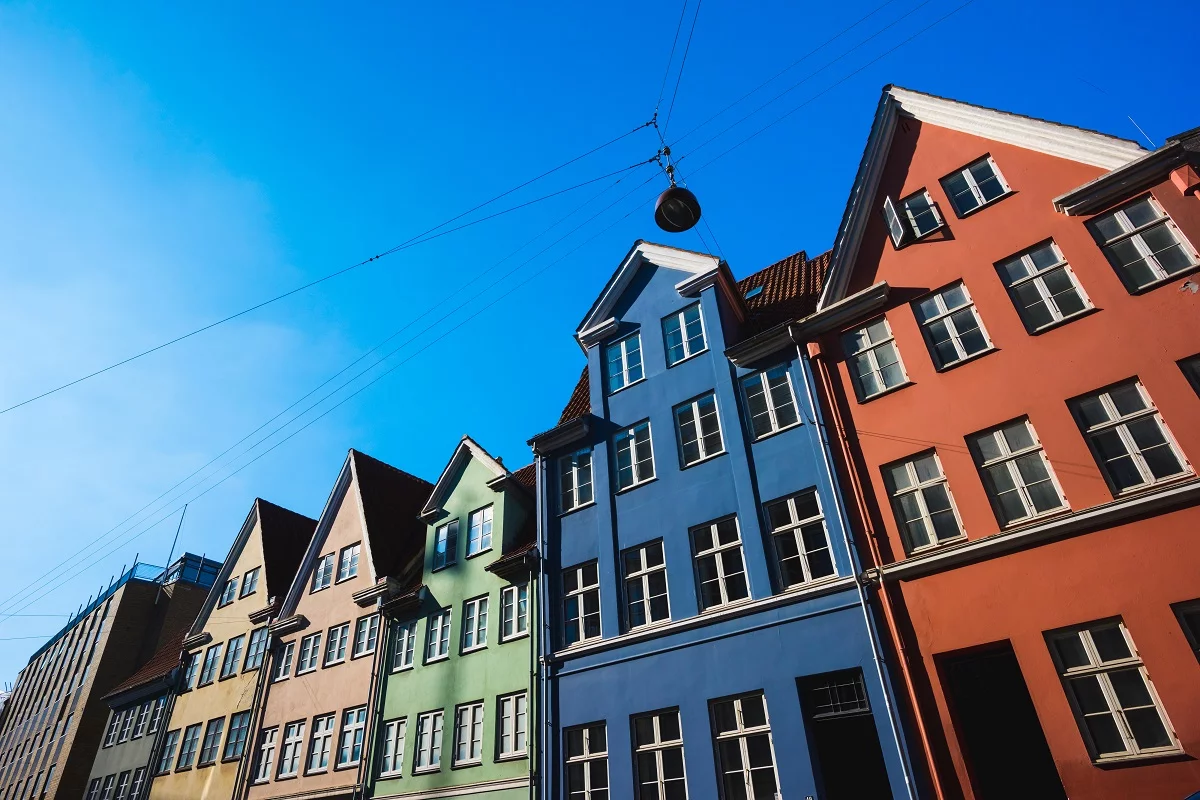
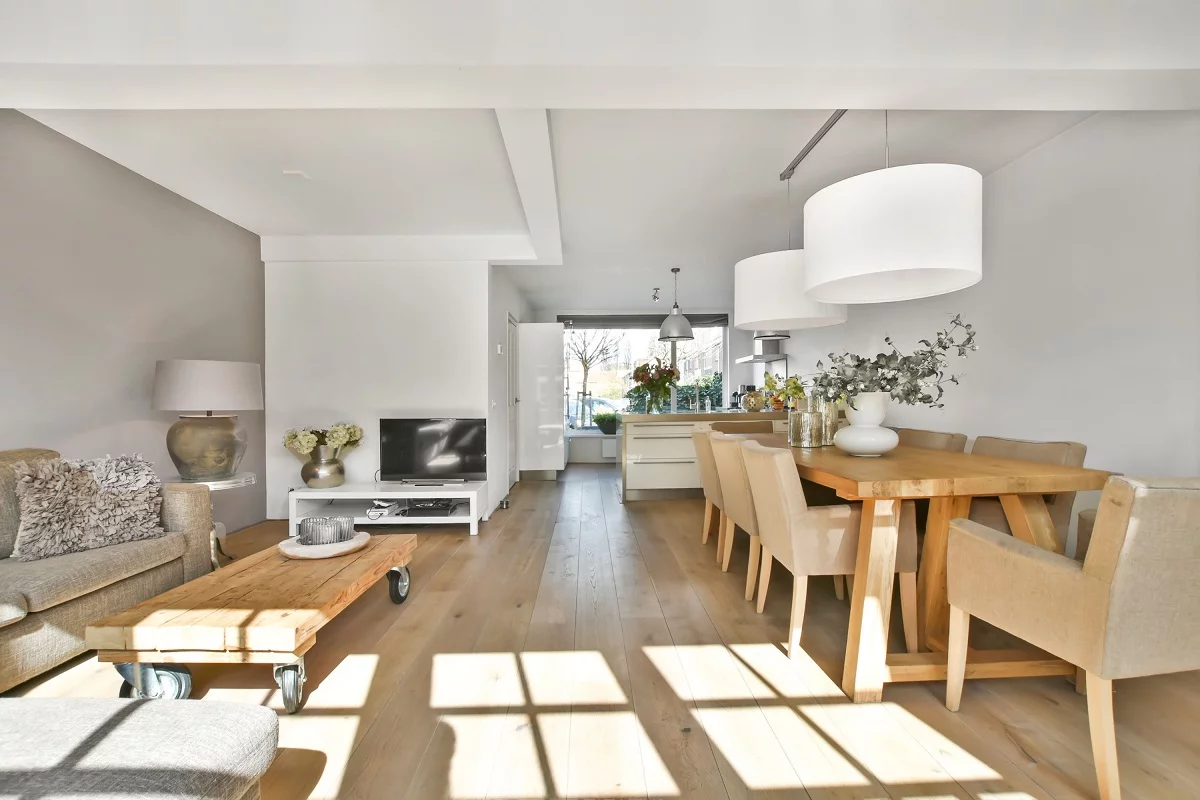
— And now let’s move on to the innovations in this area. What new formats of living spaces have recently emerged? What problems do they solve for buyers?
— Nowadays houses on wheels are gaining in popularity. They are often bought not only for travel, but also for permanent residence. The owner of such a home gets complete freedom, he is not tied to a place.
The trend for closeness to nature is also evident in the choice of housing: lightweight, quickly constructed frame houses or container houses are now in high demand. In this case, people are attracted by: the ability to move into a new house quickly, the availability of a large number of standard projects and the low cost of housing.
There is also a growing demand for apartments with unusual layouts, panoramic windows and other «features» of apartments (fireplaces, pools, second light, large terraces). This trend is related to the need for unusual, increased comfort and better quality of life. Most often these are «luxury» and «de luxe» class housing projects.
Apart-hotels are well suited for investment. It is a symbiosis of a hotel and residential space. Such spaces are often used for permanent residence. It is an option for those who are interested in investing without worrying or wasting time (the administration takes care of the organizational issues). A person receives a ready-made apartment with repair and furnishings «move in and live».
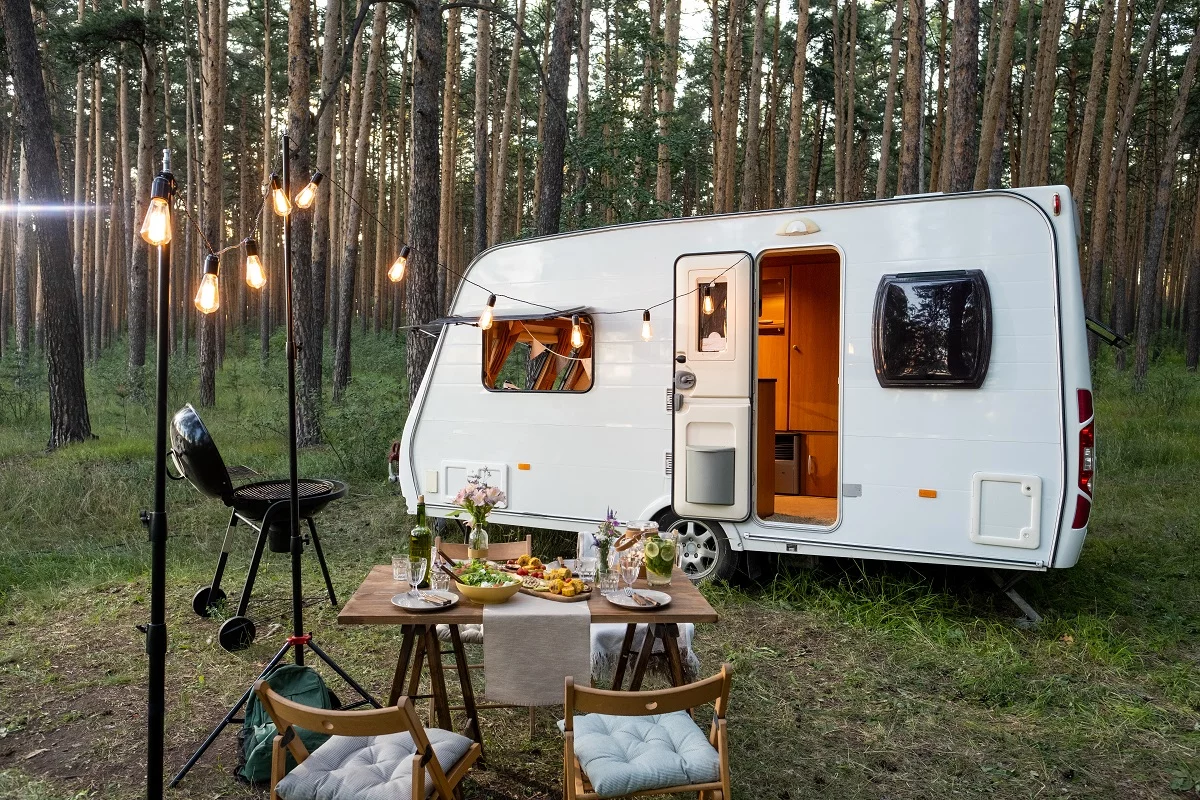
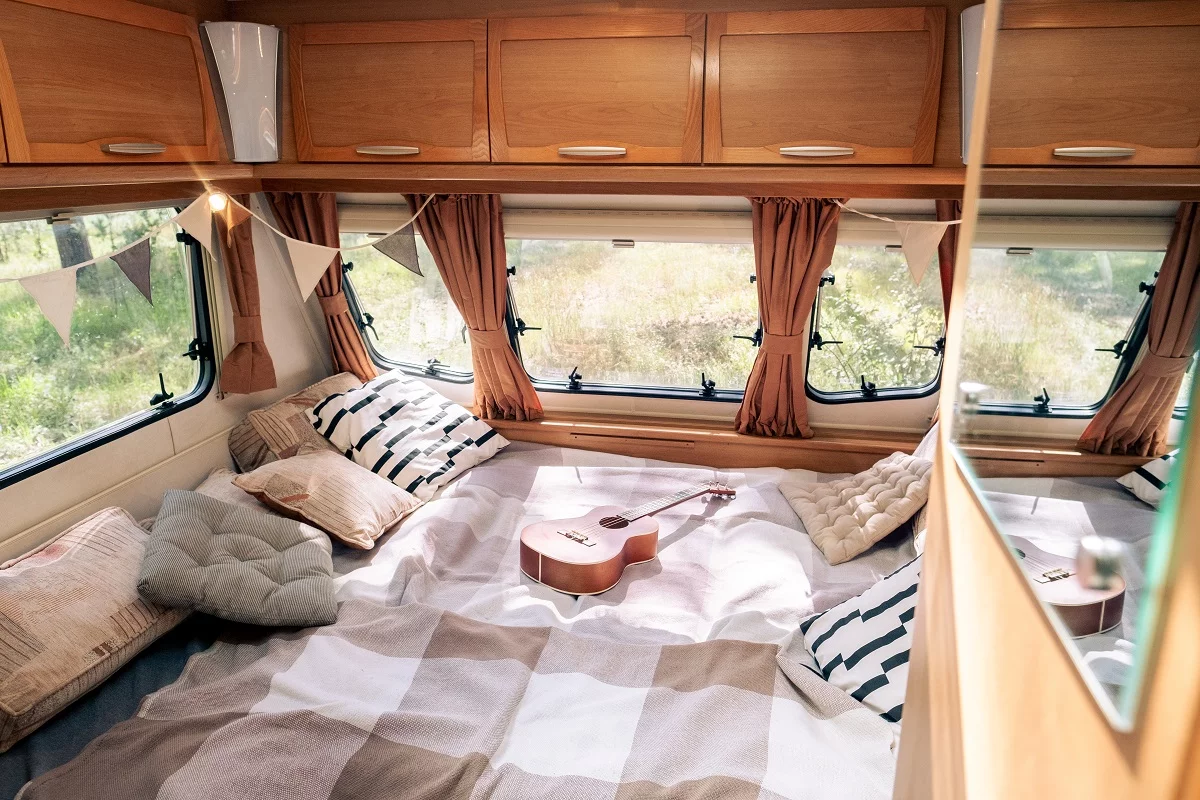
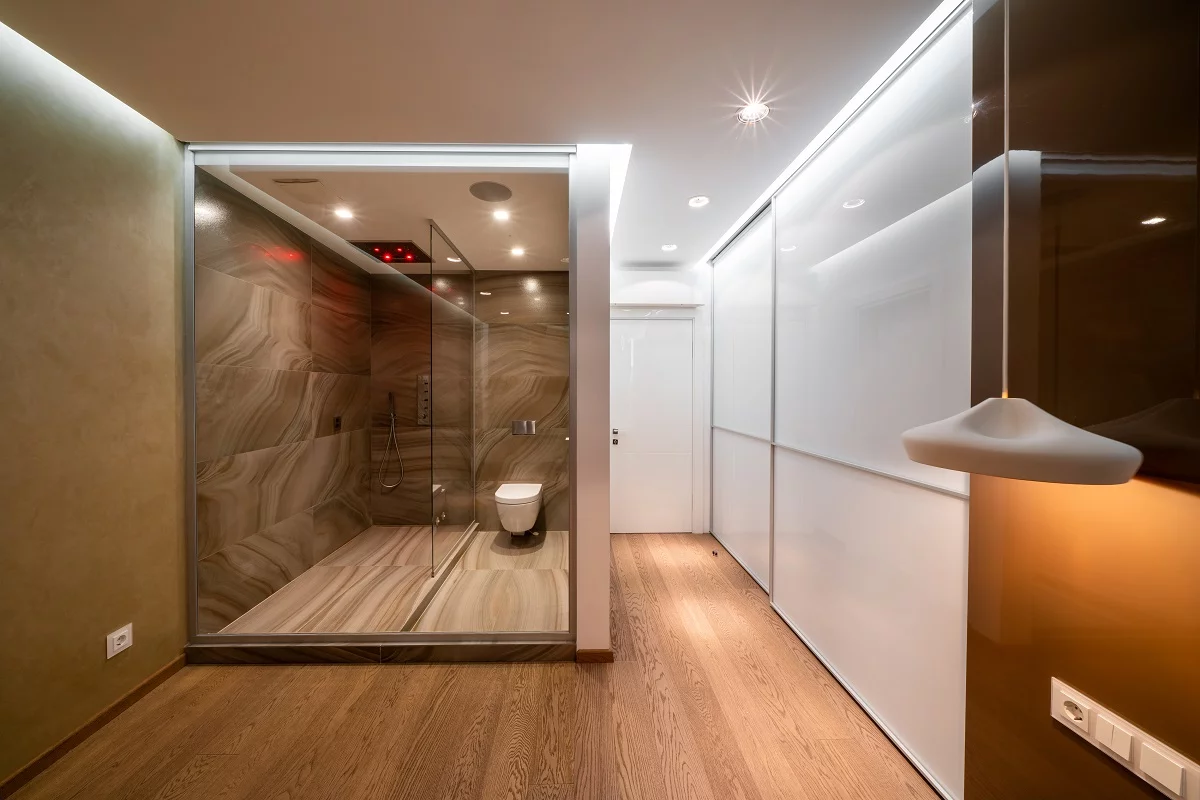
Another interesting housing option is coliving, which is a format of living together with a similar goal/mission/worldview. It is more common in large cities. Why is this format attractive: it is a cost-effective accommodation; a person is constantly in the society, in the circle of like-minded people and can achieve their goals faster; this option is suitable for those who want to find friends.
There is also the option of a club house. The main priorities of those who choose this type of housing are increased comfort and privacy.
There are also eco-villages. These are communities that support themselves completely independently and are guided by the principles of sustainability. All residents of such settlements are united by common values: responsibility, conscious consumption, love to nature. As a rule, a group of friends or a few families buy land and build houses and public buildings on it, and then they are joined by people who are close in spirit.
It is worth noting that most of the new housing types originate in European cities. Architects pay a lot of attention to social phenomena and try to adapt the environment and housing to them.
— How and on what basis are these new approaches born, who invents and implements them?
— I think that new types of housing appear as a response to the changing situation in the world and people’s needs. We can distinguish such factors:
- population growth;
- the lack of land resources;
- eco-friendliness;
- the processes that take place in society. For example, the growth of a large number of single/divorced people encourages developers to offer studio apartments.
— Do new housing formats often arise from the reorganization of other spaces?
— I would not call this a frequent and widespread trend. There is a practice where old industrial buildings are converted into residential buildings, or post-war buildings are completely improved. In Russia, there are similar examples in the renovation of tenement houses and communal apartments (the frame of the building is left, the engineering is changed completely, and the floors are divided into normal apartments). As a result, one gets quality housing with an interesting layout, located in the center of the city.
— Is it true that there is a trend toward small housing? Why?
— Yes, there is a decrease in the average size of apartments right now. This is affected by:
1. Decrease in income of the population. The developer is trying to optimize the cost by reducing the area.
2. Increase in the number of people coming to big cities (students, people who go to work). They live alone, they are rarely at home — mostly they just need a place to sleep.
3. Buying studios as an investment: they are often purchased for resale or for rent.
— Please give examples of the rarest and most unusual living spaces?
The notion of unusualness is different for everyone. I would distinguish such formats:
- Capsule housing in China and Japan. These are spaces where everything you need is located in less than 9 square meters.
- The airplane-house. It can accommodate a family of four very comfortably: inside there is a bedroom, two folding beds, a small kitchen, and a shower. The toilet was cleverly designed — it is located on the place of the co-pilot’s chair. Examples of such accommodations can be seen here.
- Different variations of living spaces in lighthouses, mills, etc. There, each floor is a separate room. You’re away from the hustle and bustle of the city, and you can watch a beautiful sunset. Here’s a specific case of this format.
- Cave complexes. Examples here and here.
- And in conclusion, I would like to give an example of exactly unusual, but convenient architecture — Cube House Rotterdam. These famous houses look interesting both inside and outside.
— How do you imagine the living spaces of the future? What will they be?
— Of course, I would like to see in the future modern minimalist (one/two-story) houses located among nature (not in the village, where you see neighbors and do not feel secluded, but in the middle of large natural areas). These houses can be designed for one or two families.
If we are talking about cities, my ideal vision is as follows: the urban fabric and large complexes will include a large green area (trees, green walls, walking alleys inside the buildings). The apartments themselves will get rid of unnecessary corridors and nooks, the spaces will be filled with light, there will be simple layouts (rectangular geometric rooms arranged in enfilade), which will allow people to show more imagination in decorating the interior.
For a reference. An enfilade of rooms is a group of adjoining rooms whose doorways are located on one axis. Because of this, all the rooms are passageways.
But I am well aware that housing trends are likely to follow a different scenario. The desire for capsule housing, where everything is simplified and standardized as much as possible, will probably continue to develop; perhaps one wall will be completely made of glass with a view of the neighboring houses or gray courtyards. The interior and mood will be created using digital technology and virtual reality glasses. The house/apartment will be fully automated and people will stop thinking about household chores or cooking dinner at all. Since humanity will completely move to remote work, a person will be constantly at home/in the apartment, and he will have a large monitor on the whole wall.
Author
I am responsible for editorial work. I write expert interviews and guides.









